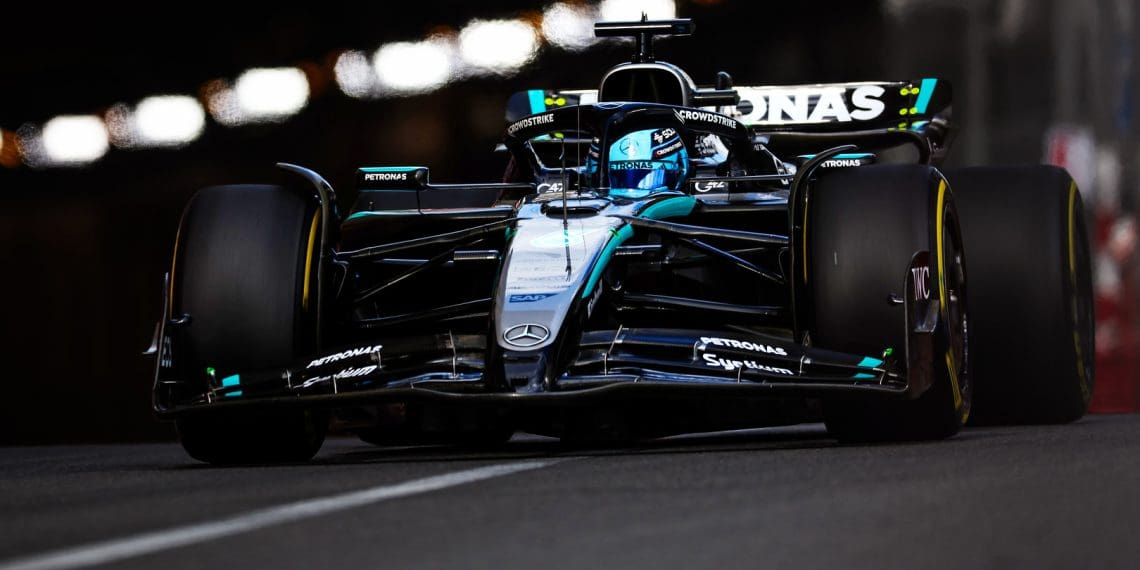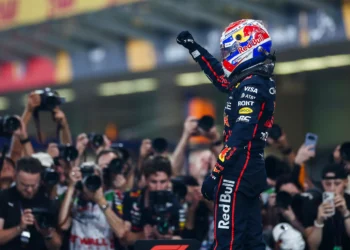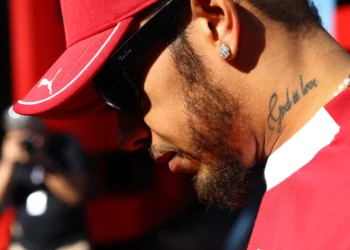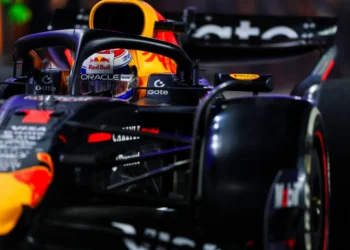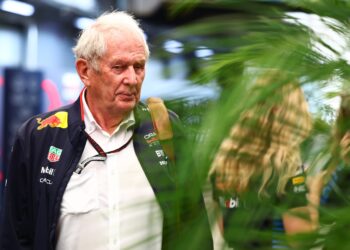George Russell’s Controversial Drive-Through Penalty at F1 Monaco GP Explained
The FIA dropped a bombshell regarding Mercedes’ driver George Russell’s drive-through penalty during the Monaco Grand Prix. The penalty was not your usual slap on the wrist but a harsh consequence of Russell’s daring move to overtake Alex Albon off-track in a bid for crucial points.
Russell found himself entangled in a fierce battle for the final points positions when he encountered a slow-moving Albon, strategically creating space for his teammate Carlos Sainz to make a pit stop. Frustrated by Albon’s tactics, Russell made a risky decision on lap 50 to slice through the Nouvelle Chicane to pass Albon, claiming it was to avoid a collision due to Albon’s erratic driving.
Rather than yielding the position back to Albon as per regulations, Russell opted to take a 10-second time penalty, hoping to maintain his lead. However, the FIA race stewards were quick to catch on to Russell’s cunning plan, deeming his actions deliberate and penalizing him with a drive-through penalty, thwarting his strategic maneuver.
The stewards’ verdict highlighted that Russell’s radio message was incriminating evidence of his intentional off-track overtake. They emphasized that they had forewarned teams about closely monitoring such rule exploitation during the Monaco Grand Prix, where track position reigns supreme, and standard time penalties may not suffice as a deterrent.
Russell’s Mercedes teammate, Andrea Kimi Antonelli, also resorted to a similar tactic to pass Albon off-track but was promptly instructed to relinquish the position following Russell’s penalty.
Despite their efforts, both Russell and Antonelli’s race weekend was marred by setbacks, starting outside the top 10 in qualifying and facing various hurdles during the race, culminating in Russell finishing 11th and Antonelli in 18th place.
The article also delved into the escalation of penalties in F1, citing Kevin Magnussen’s multiple 10-second penalties in the Miami Grand Prix last year as a precedent for stricter penalties in cases of track limit violations. This trend emphasizes the sport’s zero-tolerance policy towards rule bending, ensuring fair competition on the track.
In conclusion, George Russell’s Monaco Grand Prix saga serves as a cautionary tale of the high stakes and intense scrutiny faced by F1 drivers, where split-second decisions can make or break their race outcomes.

